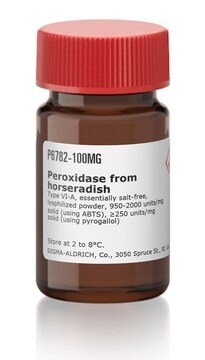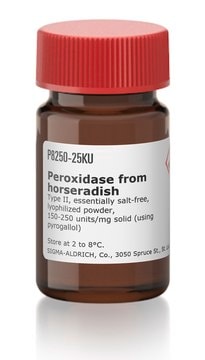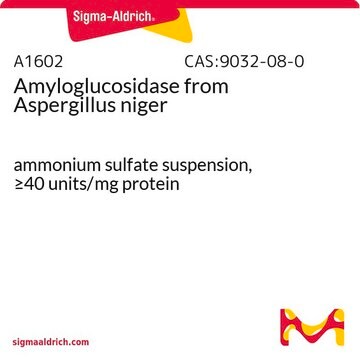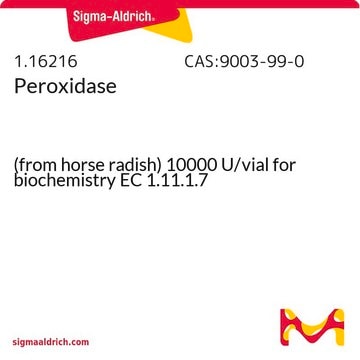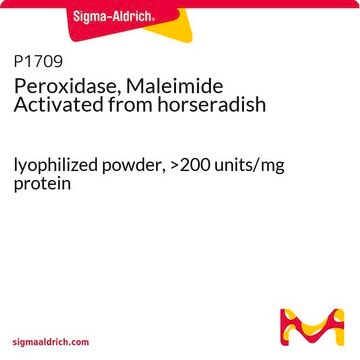HRP readily combines with hydrogen peroxide (H
2O
2) and the resultant [HRP-H
2O
2] complex can oxidize a wide variety of hydrogen donors. The optimal pH is 6.0-6.5 and the enzyme is most stable in the pH range of 5.0-9.0. HRP can be conjugated to antibodies by several different methods including glutaraldehyde, periodate oxidation, through disulfide bonds, and also via amino and thiol directed cross-linkers. It is smaller and more stable than the enzyme labels β-galactosidase and alkaline phosphatase.Hence, it is the most desired label. Also, its glycosylation leads to lower non-specific binding.
[5] It is also used for the determination of glucose
[6] and peroxides
[7] in solution. Sodium azide, cyanide, L-cystine, dichromate, ethylenethiourea, hydroxylamine, sulfide, vanadate, p-aminobenzoic acid, and Cd
2+, Co
2+, Cu
2+, Fe
3+, Mn
2+, Ni
2+, Pb
2+ ions are known to inhibit the enzyme activity.
[8]When incubated with a substrate, horseradish peroxidase produces a coloured, fluorimetric, or luminescent derivative of the labeled molecule, allowing quantification.


